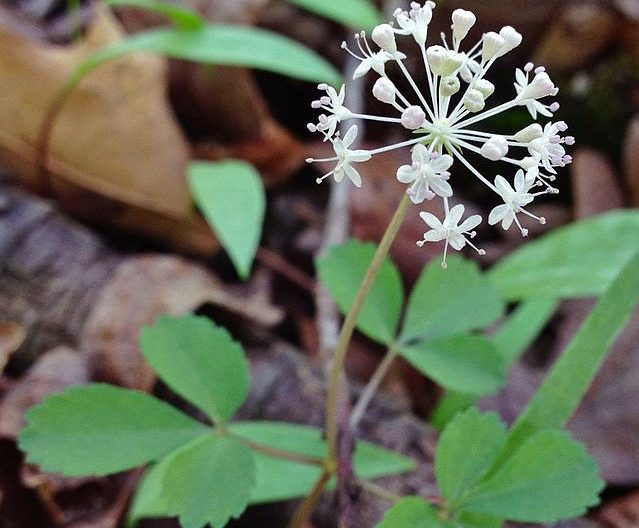The American ginseng market has experienced phenomenal growth in 5 years. The annual wholesale market value of dried wild ginseng from the US stood at $27 million in 2015, while that of ginseng extracts stood at $1.3 billion in 2020.
In this context, here are a few interesting happenings on this money mint of the United States.
US reclassifies genuine ginseng from bogus products
On August 2, 2023, the US Federal Drugs Administration (FDA) published an import alert Number 54-12, that made it illegal to classify food supplements as Siberian ginseng. This is because the term ‘Siberian ginseng’ denotes plants from the genus Leutherococcus, while real ginseng is within the Panax genus.
Real US ginseng is classified as Panax quinquefolium species.
The report further lists companies currently selling herbal products that contain ‘Siberian ginseng.’ The companies are based in Canada, Australia, China and Israel.
At the heart of the matter is the popular perceptions on the health value of the product. As many as 50% of US citizens use ginseng-derived supplements. Many herbal makers use the product for its health benefits, including reducing high blood pressure.
The prices reflect this. The dried root currently costs $300 to $600 a pound for the wild variety and between $68 and $140 a kg for the cultivated variety. As low-supplied wild simulated ginseng prices go up, cultivated ginseng prices in the US have been dipping to as little as $20 a pound due to oversupply.
This comes at a time when the global ginseng roots market is poised to grow at 4% CAGR annually. This is as demand for the root from a health-conscious population continues to rise.
Ohio producers feel the squeeze over illegal harvesting
Authorities have busted illegal ginseng in Ohio. Some 110 producers dug for the precious root out of season and each has received a jail sentence in consequence. Due to the scarcity of the plant in the Great Lakes region’s state, Ohio allows harvests of its ‘scattered populations’ of ginseng only from September 1st to December 31st each year.
The state sold the confiscated produce at auction for over $51,000, a kitty that will go to the Wildlife Diversity Fund.
The harvesting limit per person is 24 plants a day, with a 20-dollar permit, in most ginseng producing states.
In short, ginseng has attracted quite a lot of legal notice this August and not just in the US. On August 1st, in Thailand, where the herb is highly prized, produce inspectors seized fake ginseng near a popular market.
